The changing face of the UK high street
Iconic big chains that have bitten the dust

Remember being dragged around BHS and C&A by your mum, stocking up on pick 'n' mix in Woolworths or grabbing a CD from Our Price? With the news WHSmith is set to shutter its high street stores, it's hard not to feel a pang of nostalgia for a bygone era of British bricks and mortar shopping.
Hit by soaring costs, online competition and other threats, major physical retailers are facing unprecedented challenges. It's no wonder so many much-loved names have vanished. As we mourn yet another fallen giant, read on to discover 20 stores that have gone for good.
WHSmith

The latest casualty of the crisis on the UK high street, WHSmith is the second-oldest chain in our round-up. Established as a news vendor way back in 1792, the seasoned retailer opened its first store, a newsstand in Euston Station in 1848, and went on to become a dependable fixture on high streets up and down the country.
During the 1960s, half the UK population bought newspapers from trusty Smith's. After a change of ownership in the 1970s, the chain embarked on a major expansion, cementing itself as the go-to for stationery, magazines, books and a whole lot more besides.
WHSmith
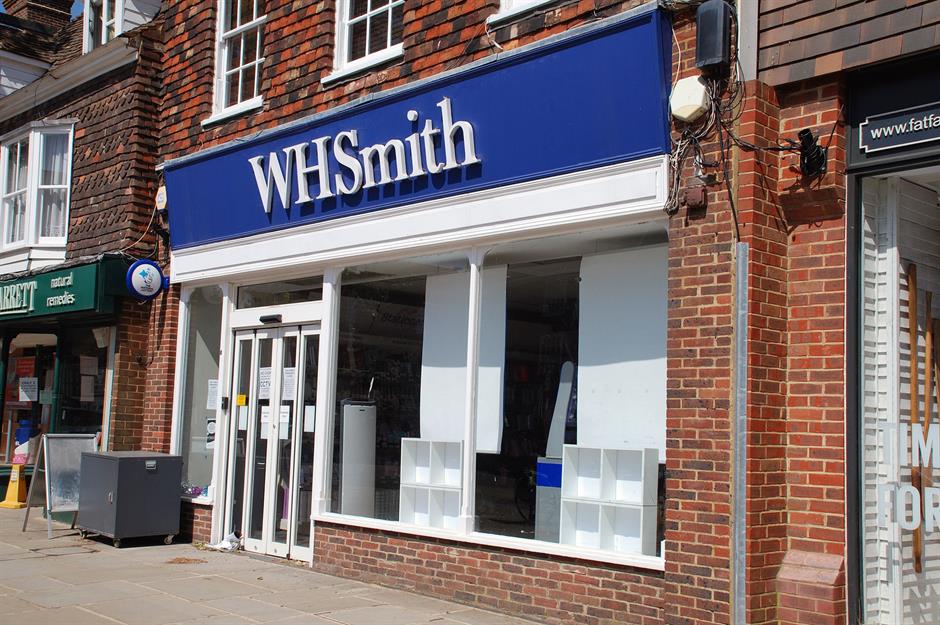
WHSmith flourished in the 1980s and 1990s, but the rise of internet shopping and digital content began to impact sales, as did competition from supermarkets and discount retailers. The chain started to struggle on the high street in the noughties and it's been downhill ever since.
With its high street business flagging, WHSmith recently sold it to a private equity group for £76 million. The chain's portfolio of 480 high street, shopping centre and retail park stores will be rebranded as the made-up TGJones. But the WHSmith name hasn't actually been killed off. The chain is retaining its profitable 'travel retail' stores in airports and railway stations, a full circle back to its roots in Euston Station.
Woolworths

A spin-off of the US parent of the same name, the first Woolworths UK store opened in Liverpool in 1909. The chain rapidly expanded nationwide and did a roaring trade on British high streets for decades.
Affectionately known as Woolies, it became a beloved institution, synonymous with its enticing pick 'n' mix counter, affordable records, cassettes and CDs, and the signature Ladybird children's clothing range. But the chain's popularity plummeted in the noughties.
Woolworths

Demand for physical music formats fell away, gutting a key revenue stream. Meanwhile, the growth of online shopping and budget bricks-and-mortar retailers intensified competition. Ultimately, the Global Financial Crisis delivered the final blow.
Woolworths Group went into administration in 2008, leading to the closure of all 807 stores and the loss of 27,000 jobs, though the website limped on until 2015. For those who fondly recall its aisles however, a glimmer of hope has emerged, with recent suggestions of a potential comeback courtesy of Roman Heini, the German owner of the Woolworths brand.
BHS
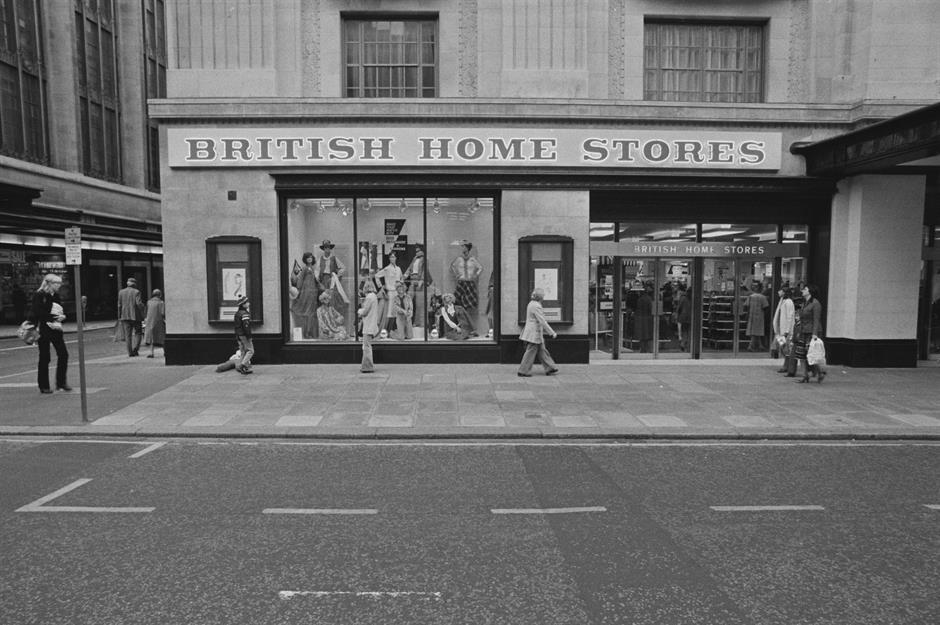
Known as British Home Stores until the mid-1980s, BHS was started in 1928 by a group of American entrepreneurs as a Woolworths rival. It became a familiar sight on UK high streets, with numerous branches around the country selling a wide range of clothing and household goods. The chain's problems began towards the end of the 20th century.
While never regarded as trendy or aspirational, BHS was seen as “cheap and dowdy” by the late 1990s, according to the BBC.
BHS
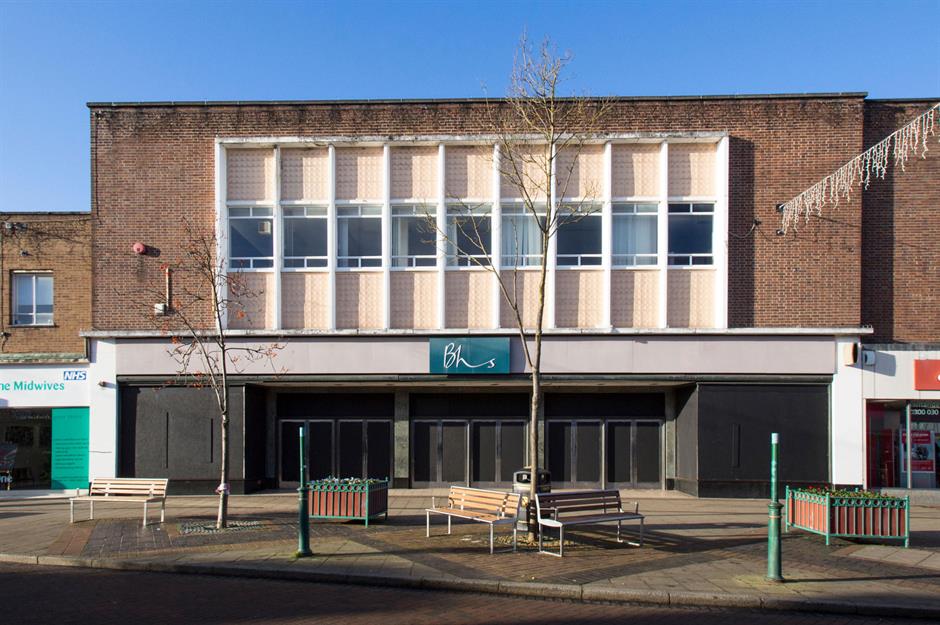
In 2000, the ailing chain was snapped up by retail mogul Sir Philip Green for £200 million. Its fortunes picked up initially but the brand floundered as increased competition from the likes of Primark and H&M hammered its bottom line. BHS was sold in 2015 for a symbolic £1 to serial bankrupt Dominic Chappell, who was later jailed for tax evasion. The chain collapsed 13 months later and all 164 stores disappeared, with the loss of 11,000 jobs.
Many blame Sir Philip Green for its downfall. The retail billionaire loaded the business with debt while extracting huge dividends, underinvested in the company and left a large pensions black hole.
Debenhams
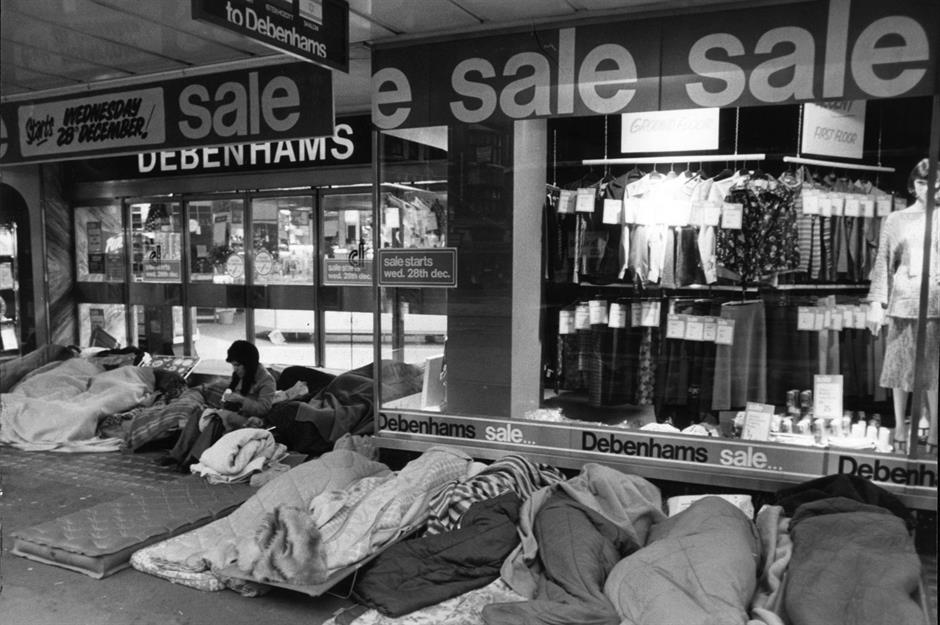
Established in 1778 on London's Wigmore Street as a high-end drapers, Debenhams was in business for a staggering 242 years, making it the most venerable name in our round-up. By the 1950s, Debenhams was reigning supreme as the UK's largest department store chain, with 110 branches nationwide. This picture shows eager shoppers camping out for the post-Christmas 1977 sales.
The chain more or less prospered until the 2010s, when its fortunes changed for the worse.
Debenhams
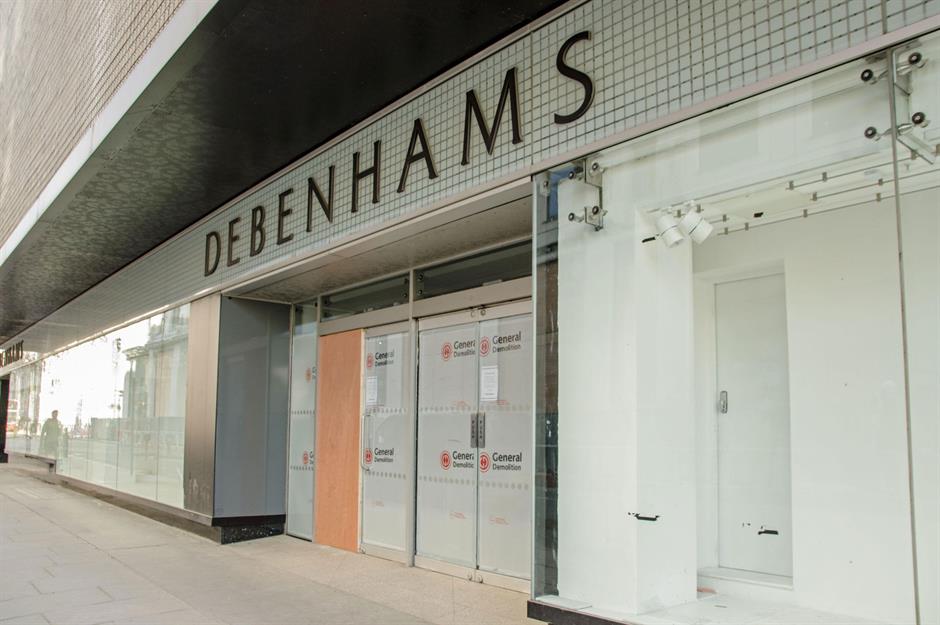
Debenhams had failed to keep up with the times and was struggling to compete with online newcomers such as ASOS and Boohoo. Adding to its woes, the chain, which amassed 178 stores at its peak, had overexpanded and was drowning in huge amounts of debt.
The pandemic proved to be the death knell and in 2021, Debenhams bowed out of the high street. Its remaining 124 stores were shuttered and 12,000 staff members were laid off. Looking on the bright side, the brand has found a home online.
Topshop

Topshop started out in 1964 as a basement concession in a Sheffield department store called Peter Robinson, owned by the Burton Group. Catering to fashion-conscious teenage girls and young women, the concession went down a storm with the youth of the era and swiftly became a bona fide chain.
The guys got in on the action in 1978 with the launch of Topman, and the chain continued to expand. In 1996, its 90,000-square-foot flagship store on London's Oxford Street opened. The following year, the Burton Group became the Arcadia Group, which was bought by Sir Philip Green and his wife in 2002 for £850 million. Green introduced everything from designer collections to celebrity collabs, most notably with Kate Moss in 2007.
Topshop
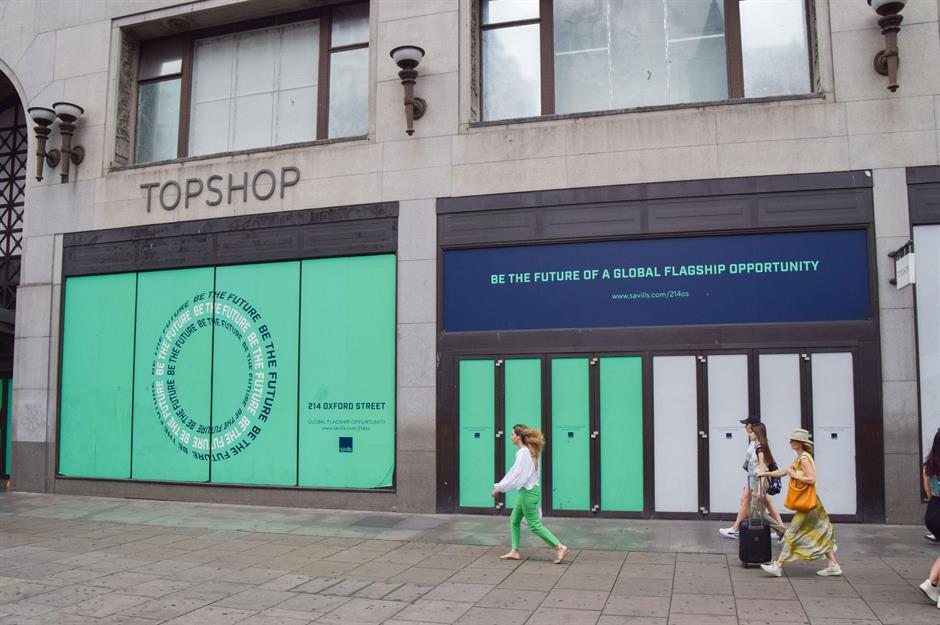
Topshop was riding high in the noughties. But a lack of investment in the stores during the 2010s caused it to lose its edge, and formerly loyal customers defected in their droves to rivals like Zara and ASOS. By the end of the decade, the chain was on its knees.
The pandemic proved too much and Arcadia, along with Topshop, went into administration in 2020. ASOS acquired the brand the following year but every single one of the chain's 300 UK stores was shuttered, with 2,500 jobs lost. As for the Oxford Street flagship, it's now IKEA's first central London store.
Burton
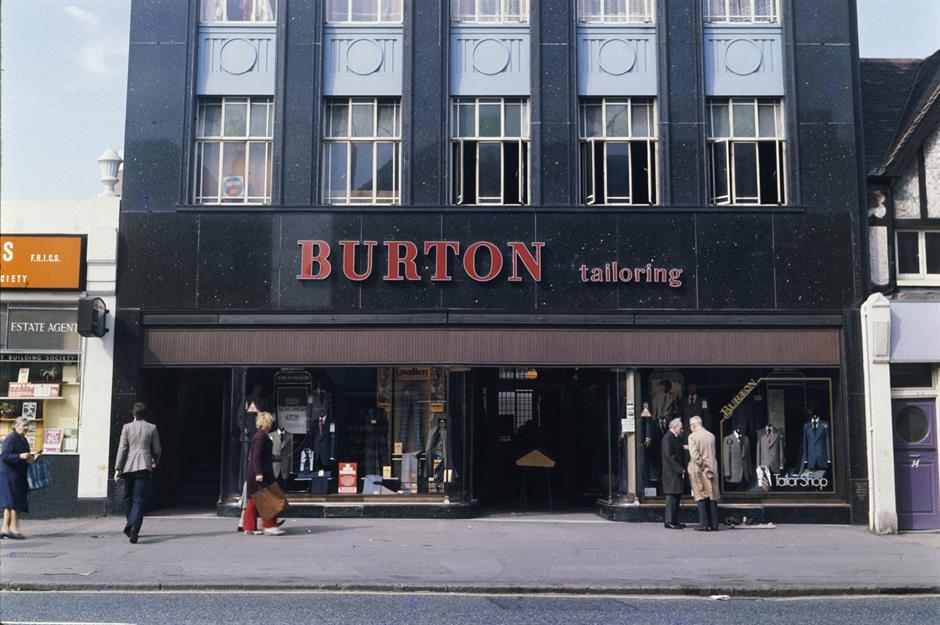
Burton dates back to the early 1900s, when it was founded by Montagu Burton in Chesterfield to provide quality made-to-measure men's suits at economical prices. The formula was a recipe for success, and by 1929, Burton counted 400 shops, factories and mills.
After the Second World War, Burton famously produced a demob outfit dubbed 'The Full Monty' and dressed successive England football squads, including the 1966 World Cup winners. And of course, Burton birthed Topshop through its Peter Robinson subsidiary. Plus, it owned Debenhams for a time, as well as other top high street brands.
Burton
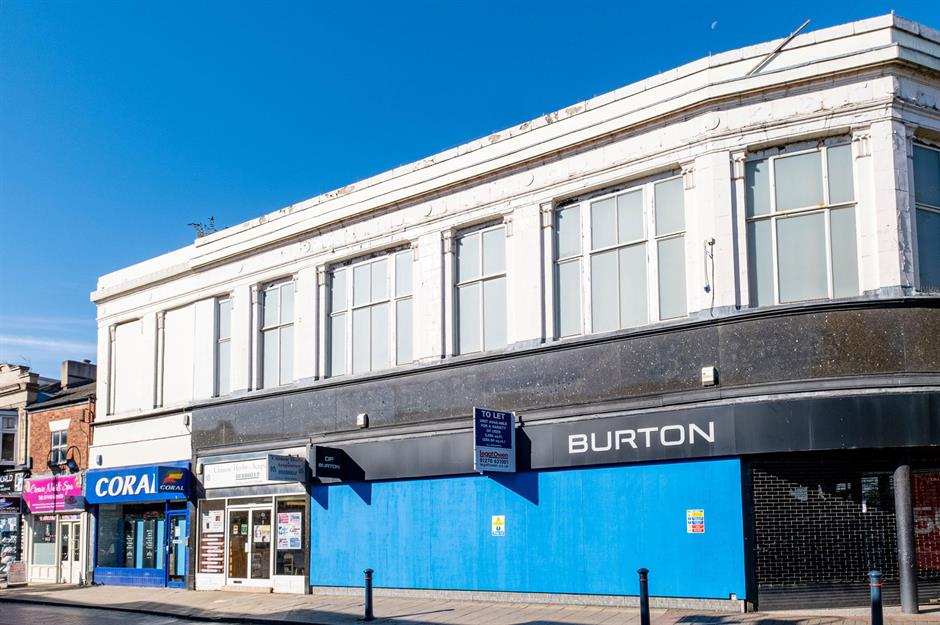
As we've mentioned, the Burton Group became the Arcadia Group in 1997 and was purchased by the Greens in 2002.
The menswear chain went the way of Topshop in 2020 when Arcadia entered into administration. The brand was bought by Boohoo, which opted to move the business online, resulting in the closure of its physical stores.
Dorothy Perkins
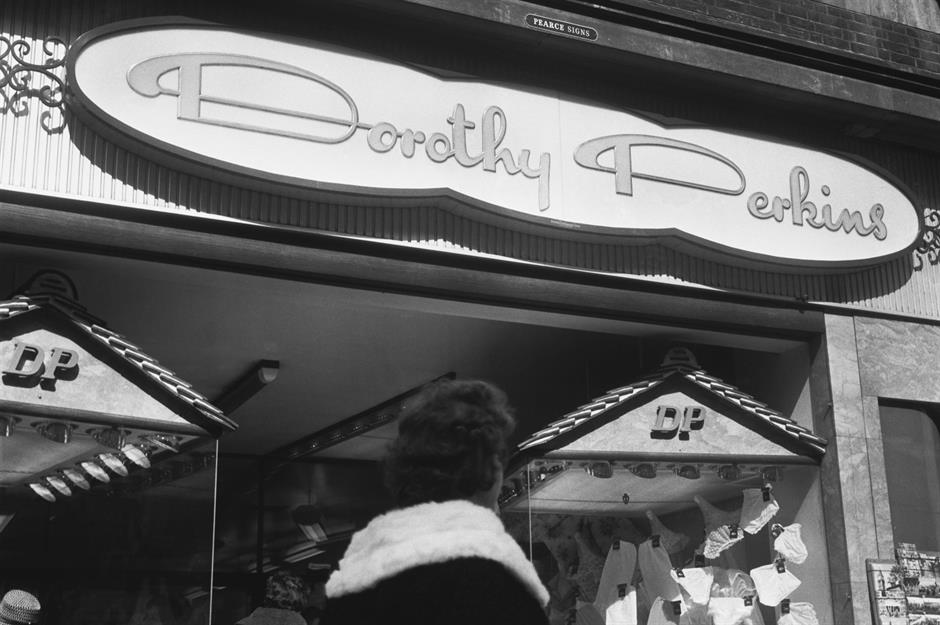
This fast-fashion womenswear retailer started out in Luton in 1909 as a hat maker called H P Newman and assumed the Dorothy Perkins moniker, a name for a popular rose, during the First World War.
The chain thrived in the 1960s and 1970s when it had 275 branches and held a controlling stake in the boutique of the moment, Biba. In 1979, Dorothy Perkins became part of the Burton Group and its stores were often paired with Burton outlets.
Dorothy Perkins
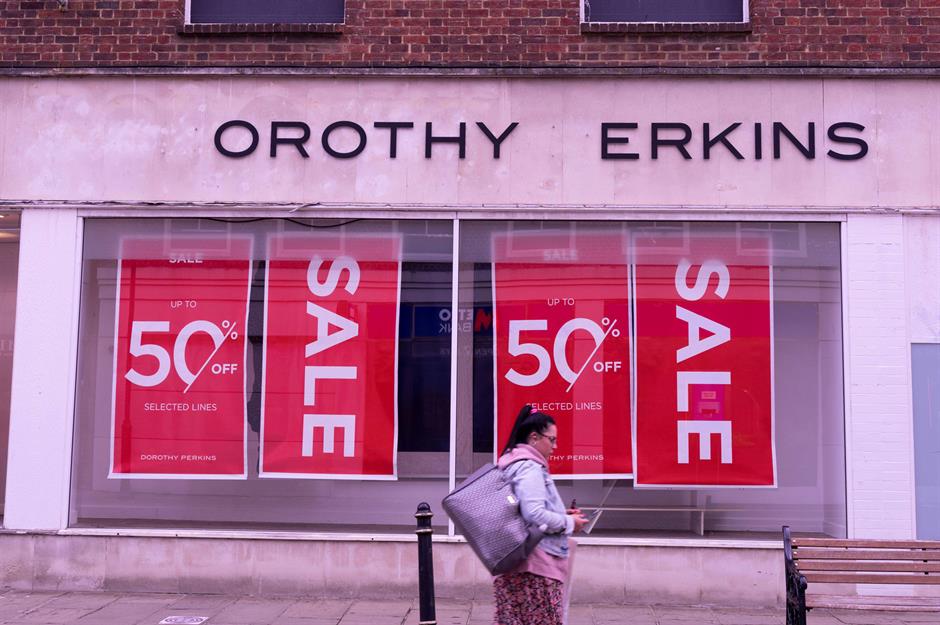
Dorothy Perkins' fate mirrored that of the wider Arcadia group, with underinvestment in its stores and heightened competition proving to be insurmountable obstacles.
In 2021, the brand was picked up by Boohoo along with Burton and Wallis for £25 million and its operations became exclusively online. All in all, 214 Dorothy Perkins, Burton and Wallis branches closed, with the loss of 2,450 jobs.
Miss Selfridge
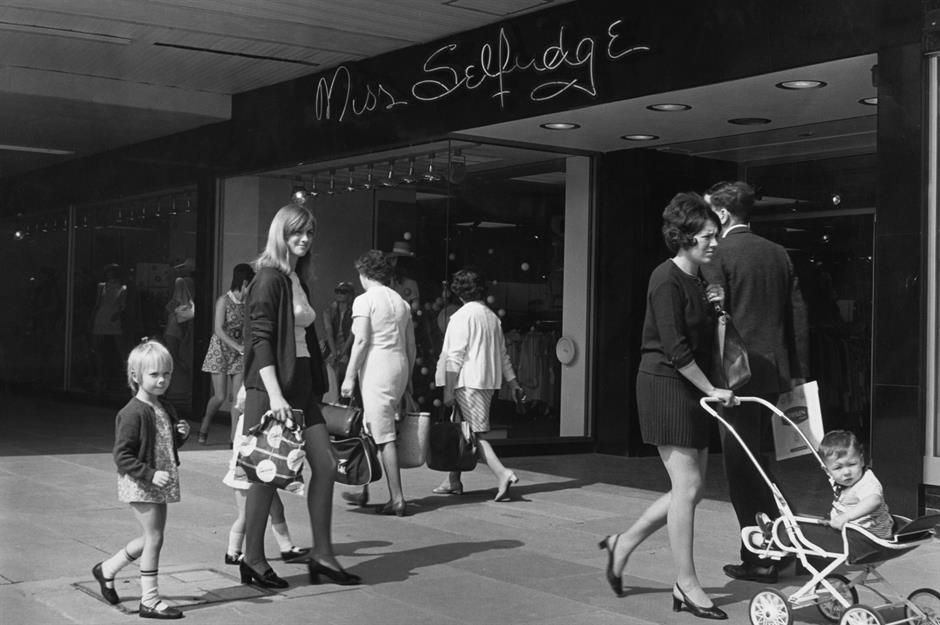
Miss Selfridge began life in 1966 as the young women's fashion section of the Selfridges department store on London's Oxford Street. The swinging section featured mannequins based on supermodel Twiggy and collections designed by Pierre Cardin.
Miss Selfridge swiftly went national as a standalone chain and boasted 180 stores by the end of the 1960s.
Miss Selfridge
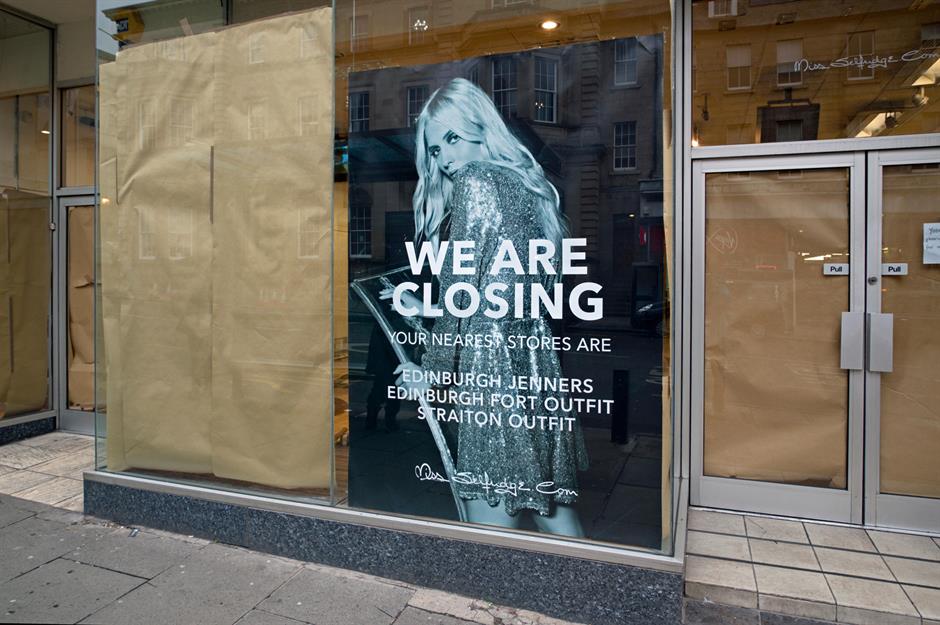
The chain was acquired by the Arcadia Group in 1999 and shined as one of its most profitable brands. But Miss Selfridge went bust along with other Arcadia stores following the group's collapse in 2020.
The brand was mopped up by ASOS the following year along with Topshop and Topman for £265 million. Its 70 physical stores were shuttered and the businesses went online-only.
Mothercare
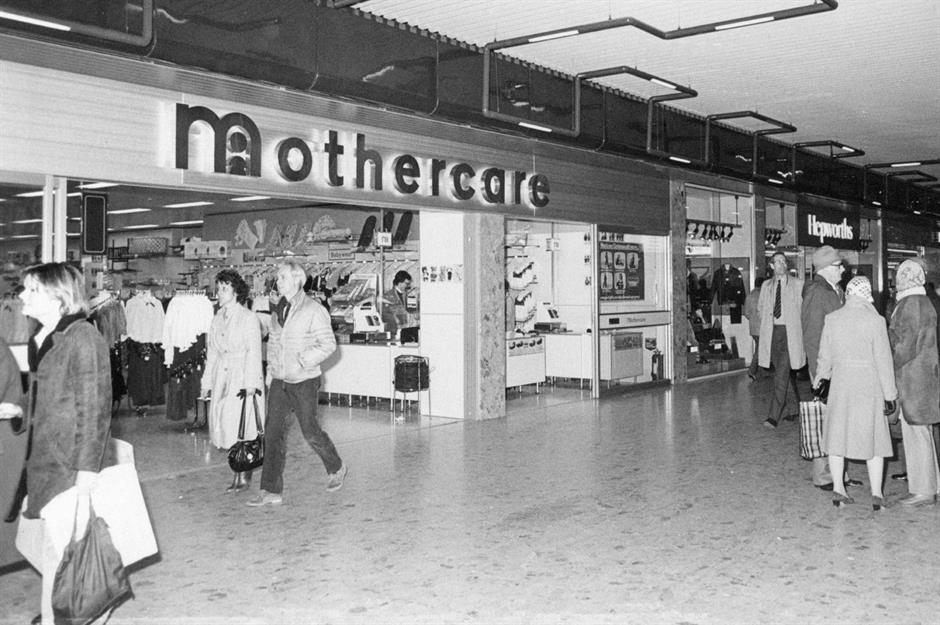
Mothercare started out as a nursery furniture chain. Iraqi-British businessman Selim Zilkha bought the 50-store chain in 1961, then called W J Harris, and transformed it into a major moneyspinner, selling products for expectant mums and kids up to eight years old.
The retailer added store after store and listed on the London Stock Exchange in 1972, becoming a stalwart of the British high street.
Mothercare

Mothercare engaged in several mergers and acquisitions over the years with Habitat, British Homes Stores and Early Learning Centre, and expanded internationally. But competition from supermarkets and online stores led to the undoing of the UK bricks-and-mortar business in the 2010s.
Mothercare's British store count dropped from 150 in 2017 to 79 in 2019. That same year, the UK business went under, with the loss of 2,800 jobs. However, the parent company did survive. Mothercare-branded products are still available from Boots and overseas Mothercare stores continue to trade.
C&A

Remembered for its inexplicably large skiwear section and not-so-fashionable Clockhouse and Man at C&A brands, C&A is another one of those chains the kids at school would tease you about if you were seen going in there with your mum. Only BHS and charity shops were higher up in the hierarchy of retail embarrassment.
C&A was founded in the Dutch town of Sneek in 1841. It takes its name from the initials of the founders, brothers Clemens and August Brenninkmeijer. The chain expanded internationally in the 20th century and opened its first UK branch in London in 1922. C&A stores were launched across Britain, and the chain became a household name.
C&A
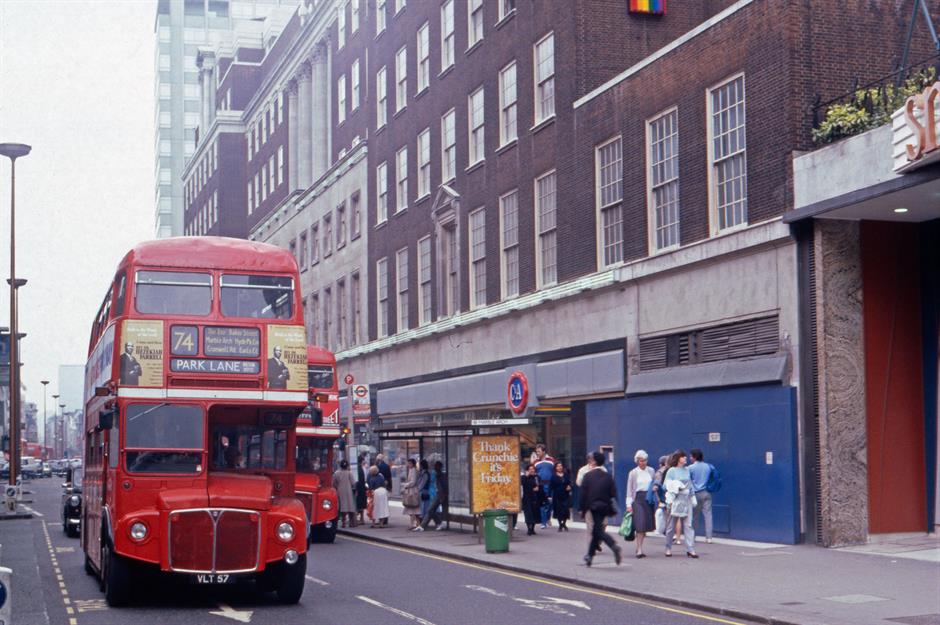
During the 1960s, the retailer was renowned for its fashion-forward yet affordable designs. But it became outdated and something of a joke in the 1970s and 1980s. By the end of the 1990s, UK shoppers were shunning C&A en masse for other mid-range retailers.
With profits dwindling, C&A bowed out of the UK market in 2000, closing all its 113 locations with the loss of 4,800 jobs. Primark now occupies the former flagship on London's Oxford Street. But while its time in Britain is long gone, C&A currently operates more than 1,800 stores in 24 countries across continental Europe, Asia and Latin America.
Athena
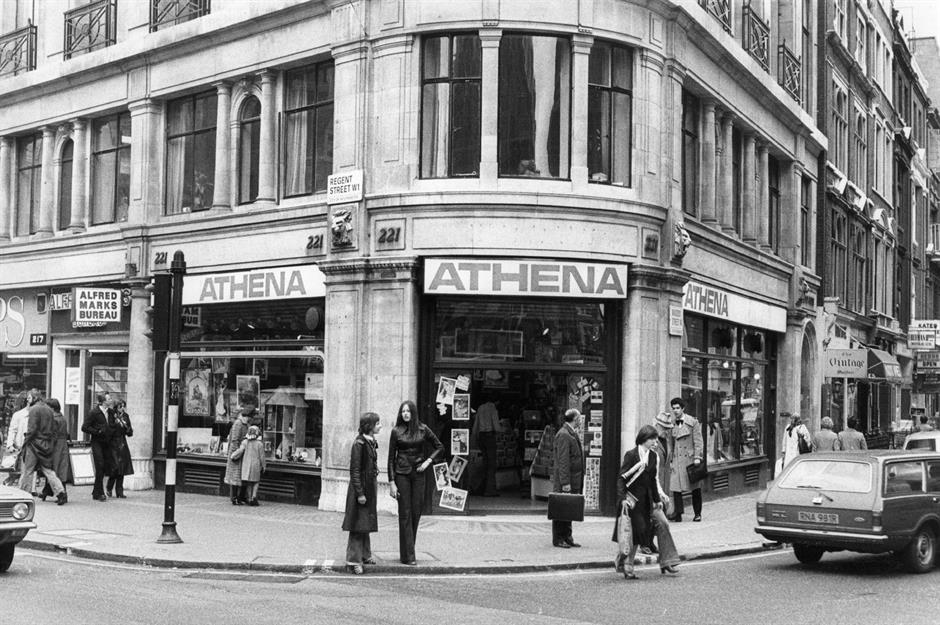
If you were after a poster in the 1970s and 1980s, there was only one place to head: your local Athena store. The chain was famed for classics including a muscular man cradling a baby and a couple on a motorbike, not to mention racy shots like 'Tennis Girl'. It also sold fine art prints.
By the 1990s, the poster chain, which was founded in London in 1964, had grown to encompass 160 stores across Britain.
Athena

Athena fell out of favour in the edgier 1990s and the majority of its stores became unprofitable. The chain went bust in 1995 with the loss of hundreds of jobs, but a number of franchised units were saved. However, they too ended up closing, and the Exeter store, the last remaining Athena branch, shut for good in 2014.
The business has survived online, but now sticks to tasteful arty prints.
Blockbuster Video
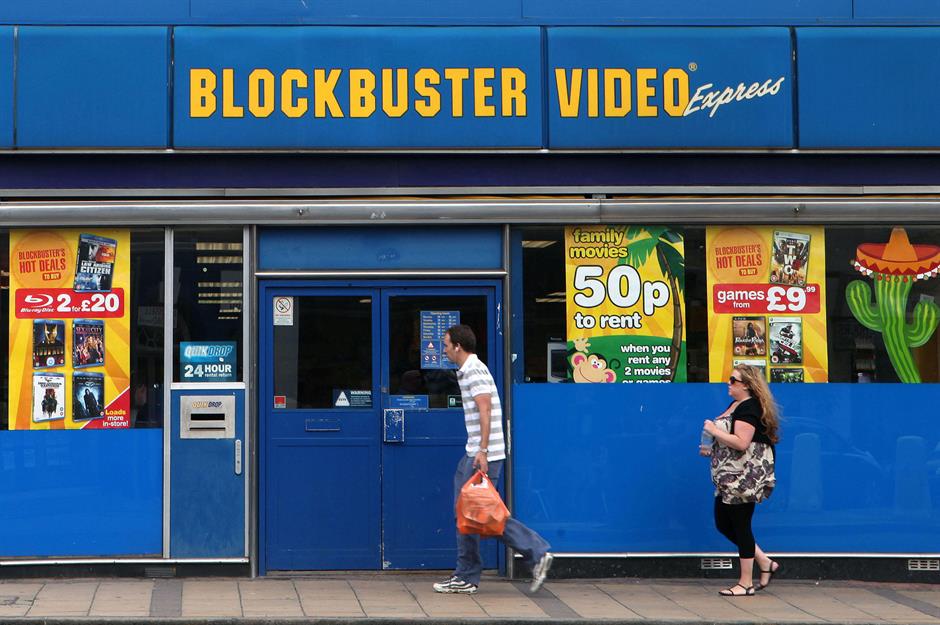
Blockbuster Video burst onto the scene in Dallas, Texas in 1985. The business expanded fast in the US, speedily establishing itself as America's most popular video rental chain. It also wasted no time building an overseas empire, arriving in the UK in 1989.
The company was on top of the world in the 1990s and early noughties and counted hundreds of UK stores during its heyday. But the good times were relatively brief.
Blockbuster Video
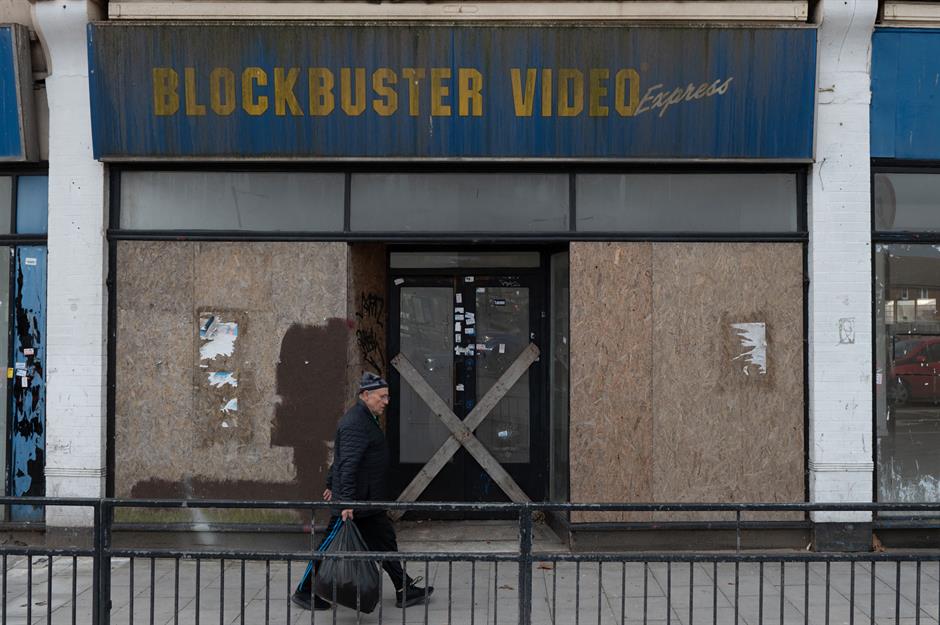
Stiff competition from Netflix's mail order service, video on demand and automated kiosks absolutely hammered the chain. Blockbuster USA filed for bankruptcy in 2010 and the UK stores were shuttered in 2013. All 528 locations closed and 4,190 staff lost their jobs.
Blockbuster did recently return to London, but only for four days. On 9 April, a retro pop-up opened in Soho as part of a KitKat promotion.
Comet
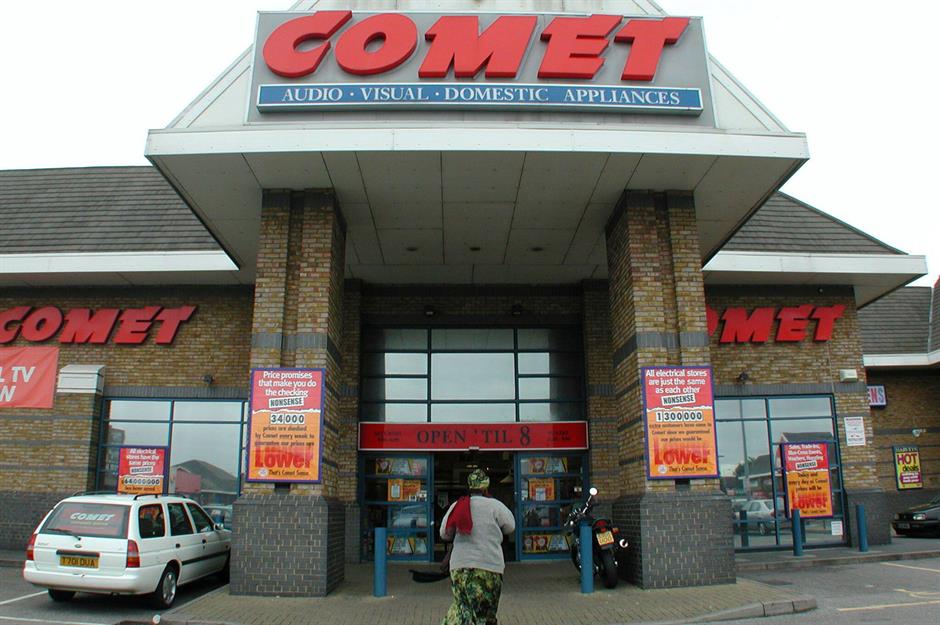
Comet started out in Hull in 1933 selling batteries and radios, before branching out into other electricals and white goods. Over the years, the chain expanded across the UK and was quite the trailblazer, pioneering the discount warehouse and out-of-town store.
Comet had its heyday in the 1980s and 1990s when the chain consisted of well over 200 locations.
Comet
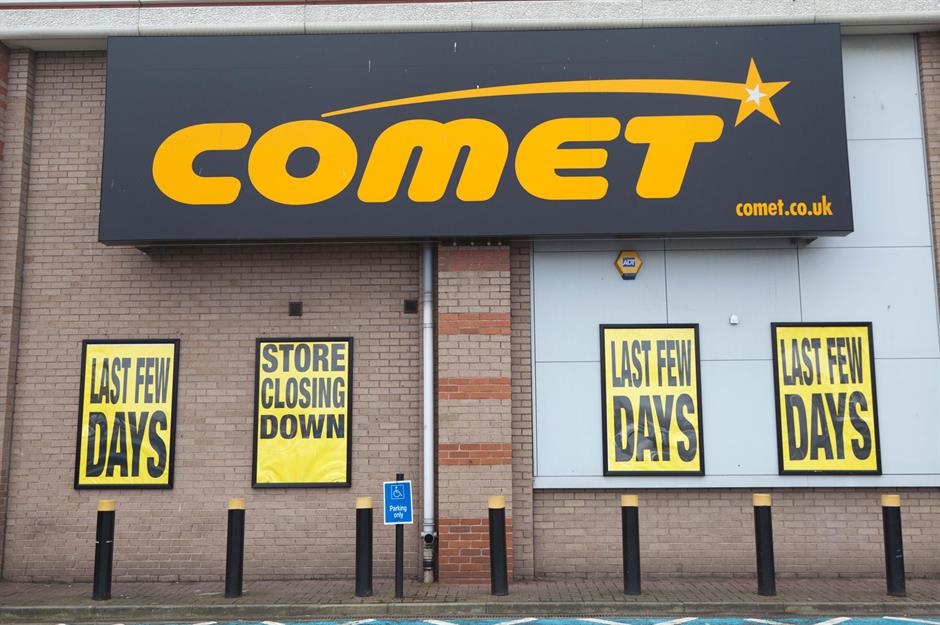
But Comet's fortunes fell to earth in the noughties amid increased competition. The chain racked up unsustainable levels of debt as it attempted to woo back customers, but it just couldn't revive the business. The Global Financial Crisis and subsequent credit crunch were the breaking points.
Comet went into administration in 2012, leading to the closure of all its 236 stores and the loss of 6,900 jobs. Under new ownership, the Comet brand was resurrected in 2020 as an online-only retailer.
Texas Homecare
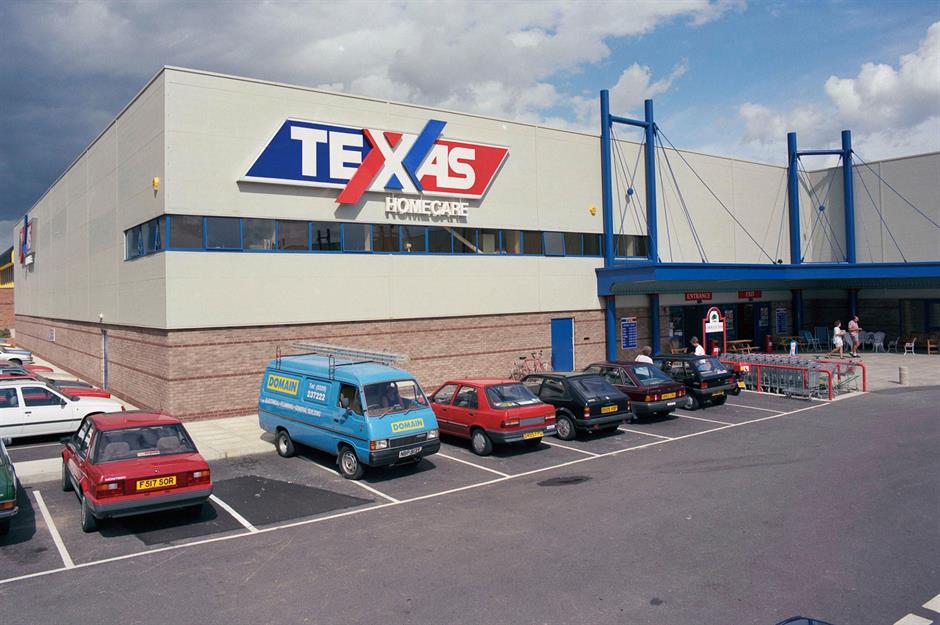
Texas Homecare is one of a number of British home improvement chains that no longer exist, including Do It All and Focus DIY.
Founded in 1972, the chain massively disrupted the UK DIY market and introduced the country to the US shed-style outlet.
Texas Homecare
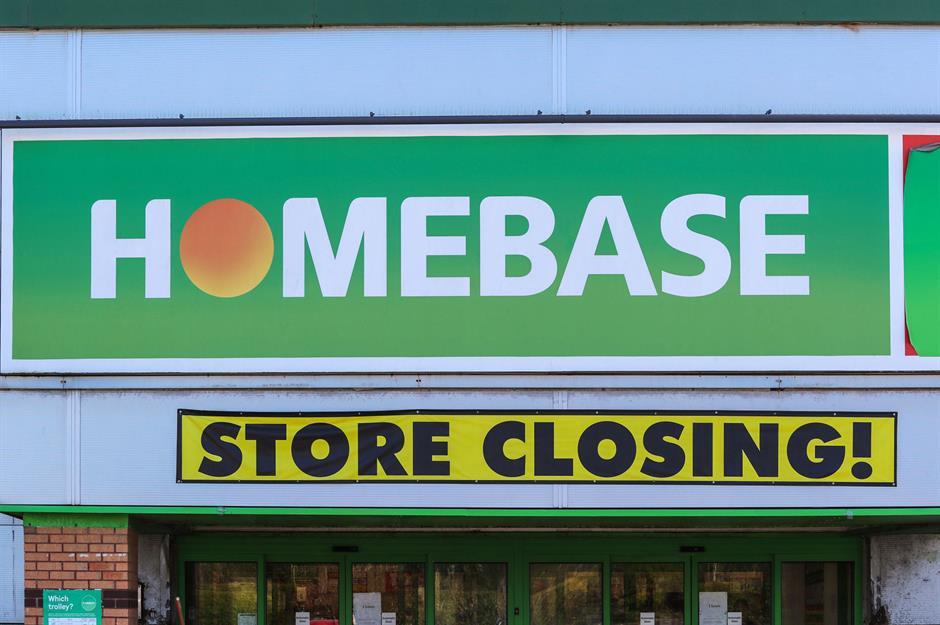
The early 1980s recession pummelled the chain and it struggled to recover. Texas Homecare was eventually bought by J Sainsbury in 1995 for £290 million and most of its 241 stores were converted to its Homebase brand.
But Homebase ended up meeting the same fate. Long-offloaded by J Sainsbury, it went into administration last year, putting 3,446 jobs at risk. All 135 of its stores were closed, but a number have been rebranded by rivals, including B&Q and Wickes, and thousands of jobs have thankfully been saved.
Toys R Us

Toys R Us made its debut in the UK in 1985 and the fun chain promptly established itself as the premier destination for kids' pressies. Many a wish list was created in its rambling stores – and many a parent's wallet emptied.
The chain eventually amassed 100 stores in Britain. But competition from online retailers, who were hooking in customers with lower prices, started coming thick and fast in the noughties, reaching fever pitch during the 2010s.
Toys R Us
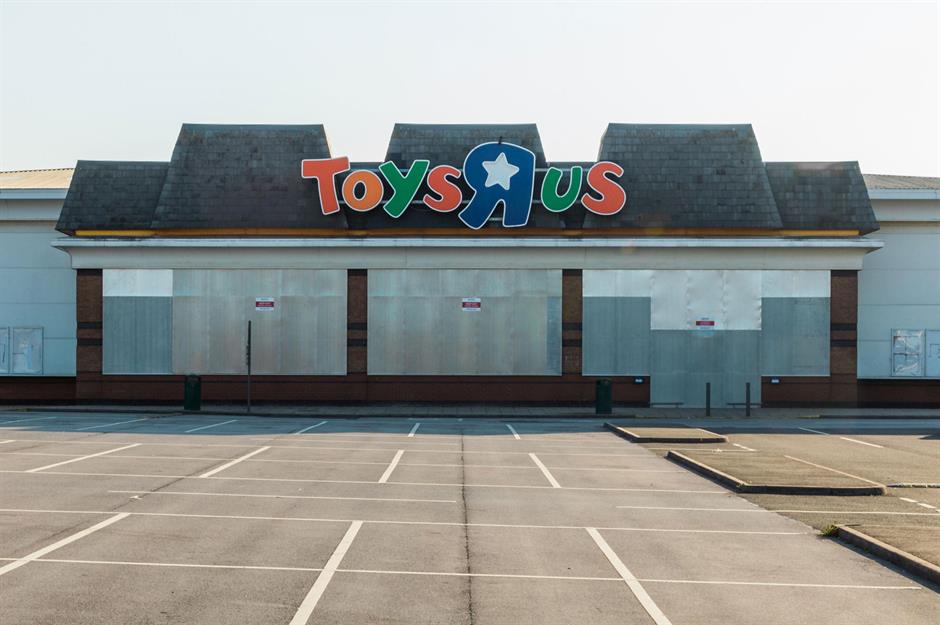
Making matters worse, the US parent company was saddled with enormous debt after it was acquired by a group of investors in 2005. By 2017, Toys R Us was paying hundreds of millions of dollars a year in interest payments and the jig was finally up. It filed for bankruptcy and in 2018, all 100 Toys R Us UK stores closed, with the loss of more than 3,000 jobs.
Toys R Us has since returned as a concession in 85 WHSmith high street stores, but as we mentioned, these are in the process of being rebranded as TGJones.
Safeway
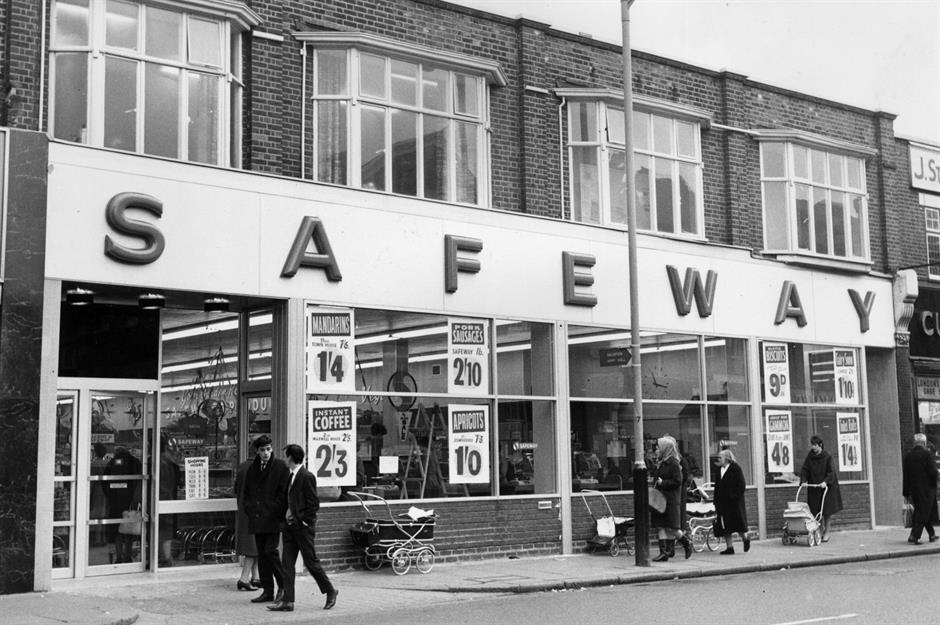
US chain Safeway arrived in the UK in 1962, opening seven stores in the London area. Safeway introduced Brits to the American-style supermarket, complete with a massive product range, extra-wide aisles and fancy features such as deli counters.
The American retailer was a major success and by 1987, when it was sold to the Argyll Group for £681 million, the chain counted 130 branches throughout the UK. Safeway continued to expand in the country but the 1990s weren't kind to the business.
Safeway

Competition from the big three UK supermarkets Sainsbury's, Tesco and Asda became especially fierce. With more clout, the powerful trio were able to get better deals from suppliers and offer customers lower prices. Safeway also fell behind in terms of store development.
Argyll, which had changed its name to Safeway PLC in 1996, eventually sold the business to smaller upstart Morrisons in 2002 for £3.2 billion. Most of Safeway's 479 stores were converted into Morrisons, a major coup for the northern chain. Morrisons went on to revive the Safeway brand in 2018 for a product range aimed at wholesalers and independent retailers.
Our Price

Established in 1971, Our Price grew from one store on London's Finchley Road to hundreds across the country by the early 1990s, buoyed by its sale to WHSmith in 1986. The chain was the place to bag the latest releases, and if you're of a certain age, it's highly likely you bought your first single from the retailer.
For many teens, Saturday afternoon shopping trips weren't complete without a visit to the local Our Price and a rummage through its racks.
Our Price
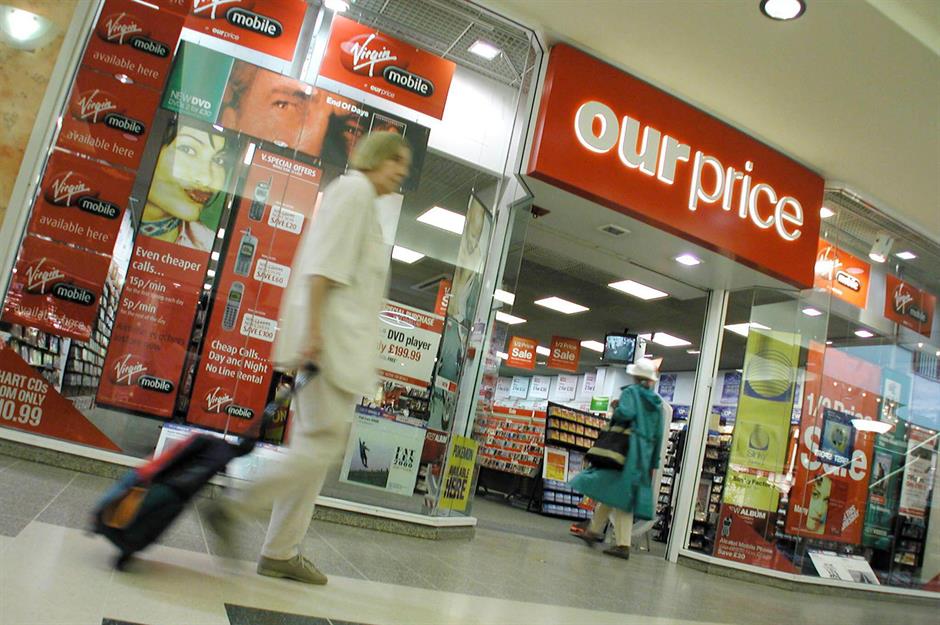
The rise of digital music spelt trouble for Our Price during the latter part of the 1990s. Virgin acquired the chain in 1997 for £145 million, but try as it might, sales continued to dip. In 2000, Our Price burnt through £125 million. That same year, Virgin decided to axe the brand.
Richard Branson's group converted some of the remaining 220 stores into V Shops and Virgin Megastores, and sold off the rest. By 2004, Our Price had disappeared from the UK's high street. It has since returned as an online-only store that launched last year, much to the delight of its former customers.
Dolcis
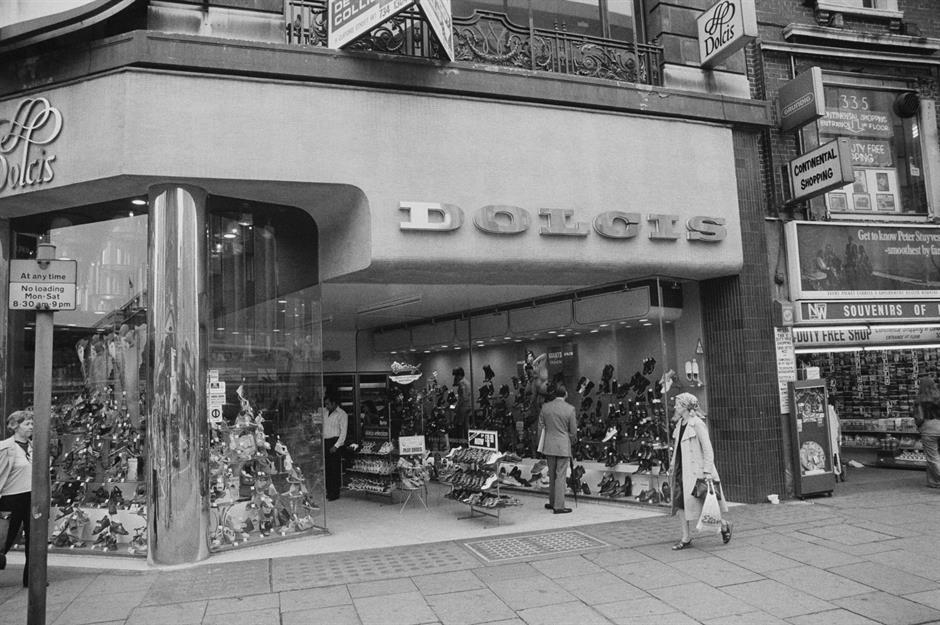
This footwear retailer had very humble beginnings, starting out in 1836 as a barrow in London's Woolwich Market. The barrow became a shop and the shop became a chain, numbering 150 locations by 1920. The business went through several names before it officially adopted the Swiss Dolcis moniker in 1956.
By the 1980s, Dolcis was a common sight on many UK high streets, offering shoppers the hip styles of the time at affordable prices.
Dolcis
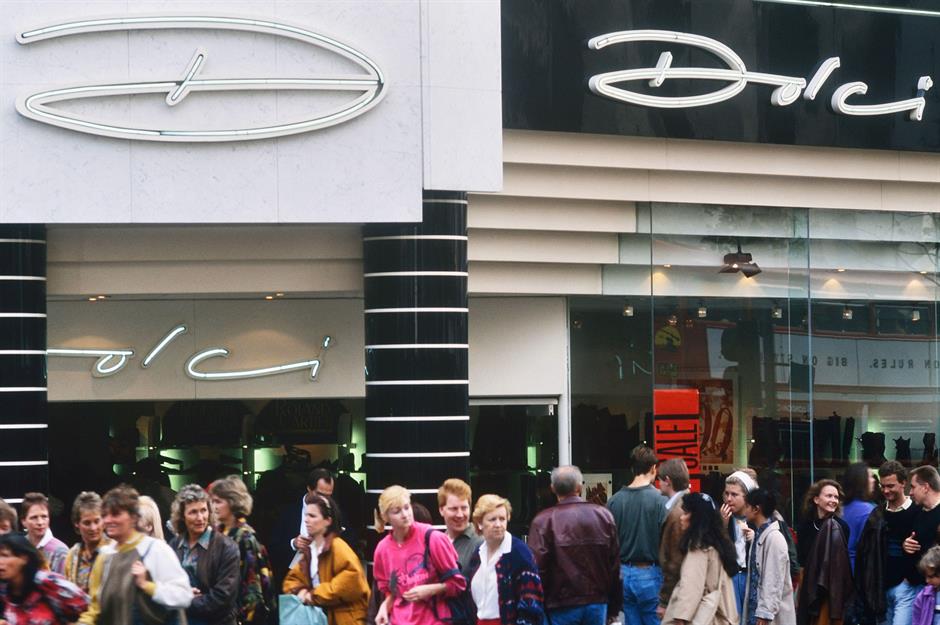
Dolcis stumbled in the noughties when general clothing retailers started selling more footwear. The added competition battered sales, and the business was bleeding money. The credit crunch was the final straw, and Dolcis fell into administration in 2008.
The bankruptcy led to the closure of the retailer's 185 stores and concessions and the loss of 800 jobs. Fortunately, the Dolcis brand and 24 stores were bought by Barratts Shoes, which saved 300 jobs. Under the ownership of Jacobson Group since 2012, Dolcis has since relaunched as an online store and in-store concession business.
Past Times
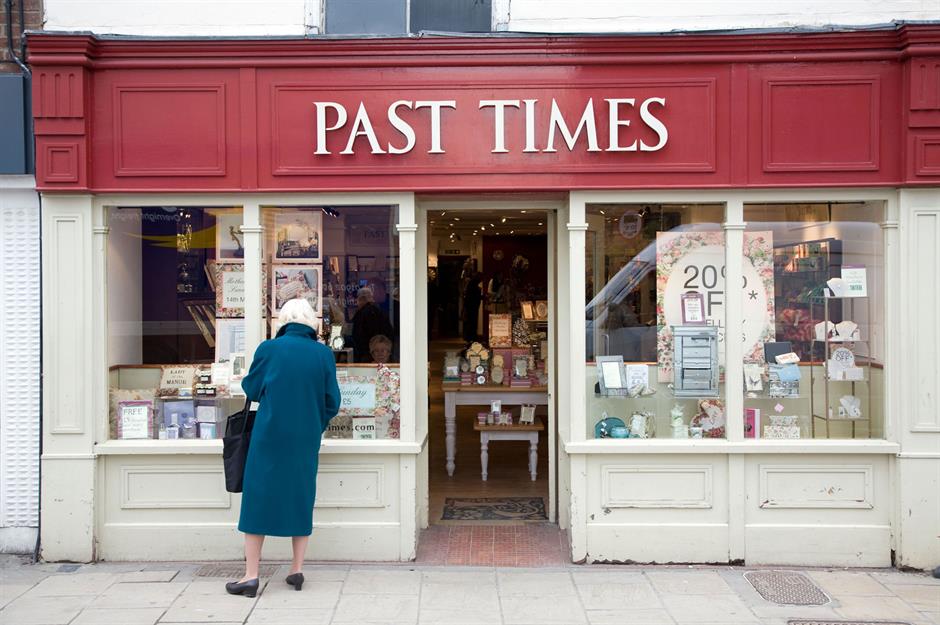
The unique Past Times chain offered everything from earrings inspired by Ancient Rome to an Art Nouveau notebook or a Celtic photo frame.
The company was founded in 1986 as a mail-order business by Oxford-based entrepreneur John Beale, was also behind the Early Learning Centre. A chain of shops followed, and with its historically-themed wares, Past Times quickly became a key player in the UK gift retail market.
Past Times
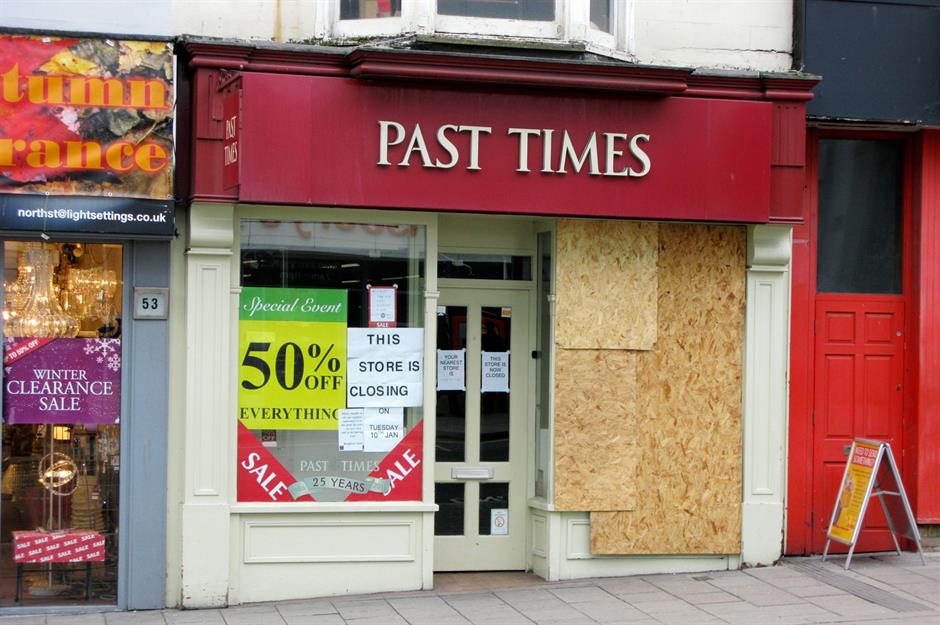
The chain began to lose its appeal in the late 1990s and almost collapsed in 2001 before it was rescued by a consortium. The business was offloaded in 2005 to a private equity firm specialising in 'distressed' companies, but even it couldn't give Past Times a future.
In 2012, the chain collapsed and all 97 Past Times stores vanished, together with hundreds of jobs. WHSmith bought the brand name the following year, ultimately sealing its fate by shutting down the Past Times website.
Ted Baker
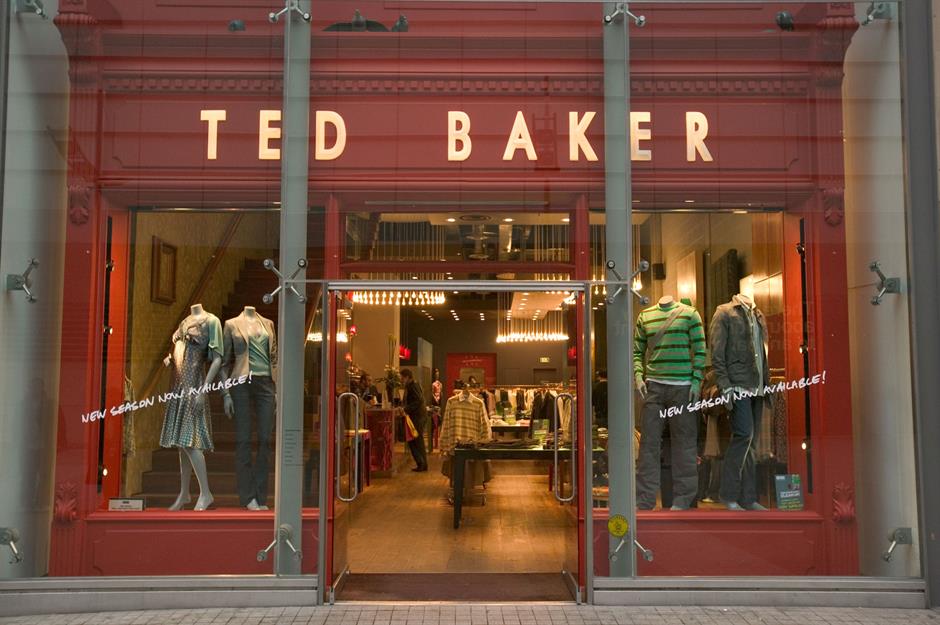
Ted Baker began in 1988 as a single menswear store in Glasgow. The brand's distinctive designs and designer-worthy quality became strong USPs. A breath of fresh air on the high street at the time, Ted Baker expanded throughout the UK and branched out into womenswear.
Hundreds of locations opened, and the chain was on a roll during the 1990s and noughties.
Ted Baker
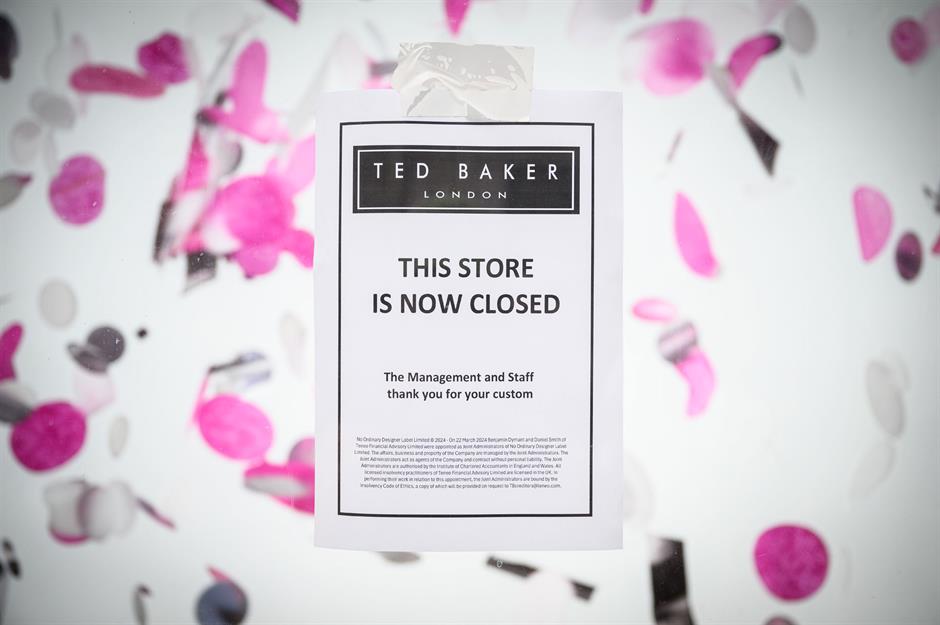
Ted Baker's issues began in the 2010s. A lack of investment harmed the brand, and legions of once-diehard fans abandoned the chain for its competitors. Rising prices also put off customers. Then, in 2019, the chain was rocked by allegations of inappropriate behaviour levelled at the founder and CEO, Ray Kelvin. The scandal and Kelvin's subsequent resignation further damaged the brand and created instability at the management level.
With sales figures in the doldrums and debts mounting, Ted Baker called in the administrators last year. The 46 remaining stores were shuttered, and many of its almost 1,000 employees were out of a job as the business, which was taken over by Reebok owner ABG, went exclusively online.
Now discover 29 valuable VHS videotapes you might still own
Comments
Be the first to comment
Do you want to comment on this article? You need to be signed in for this feature